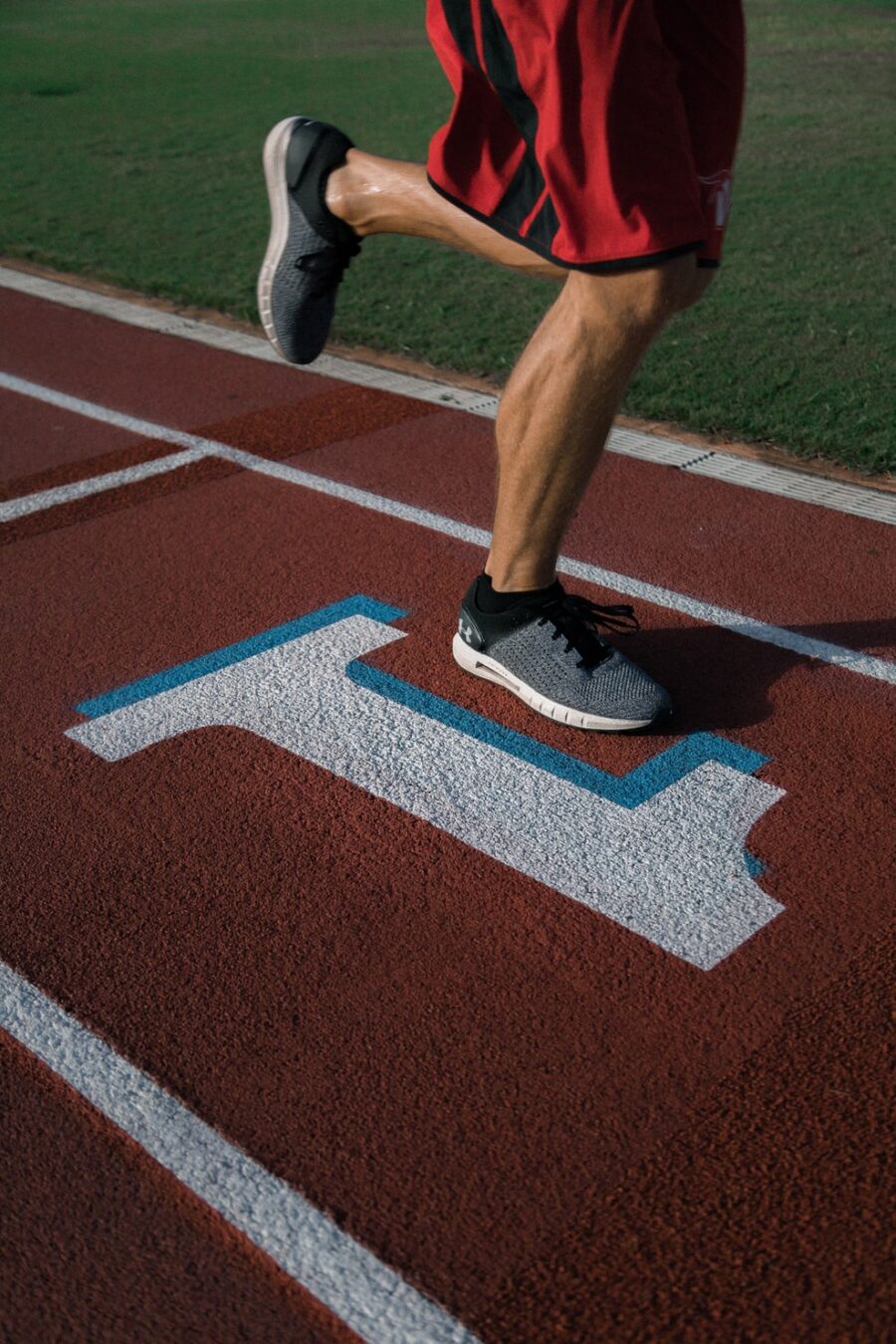Many people ask if running with flat feet is possible. Yes, even if you have flat feet, you can still participate in long-distance running. Thousands of enthusiastic runners worldwide have low-to-no arches and cope just fine. In fact, some of the globe’s best runners have flat feet.
Distance running, however, may become more difficult, unpleasant, and likely to end in injury if your arches are not providing adequate support. That doesn’t mean that people with flat feet can’t participate in running activities; they just need to make wise equipment and training decisions.
Table of Contents
Tips on How You Can Keep Running Even With Flat Feet
Getting the Appropriate Running Shoes
If you’ve previously spent some time in a store that sells specialty running shoes or just talked to runners, you probably are aware of how much they value their footwear. There is a valid reason for this. Because gait and feet patterns come in diverse sizes and shapes, each set of feet has its own set of support, stability, and cushioning requirements. It is critical to pick running shoes that are appropriate for your needs.
Of course, this does not imply that you must spend a fortune on your new pair of shoes. It simply implies that you must select a style that works for you. But, with all of that stated, don’t create difficulties where none exist. Even though your feet are flat, if you are using regular running shoes and are not suffering any pain from running, there is no need for a specialized pair of shoes.
If flat arches and overpronation, on the other hand, are giving you pain, you might want to consider investing in a pair of running shoes that are specifically made to address these issues. Mild to moderate overpronators should wear “stability” shoes, whereas severe overpronators should wear “motion” control shoes.
Replace Your Shoes Before They Wear Out
It would be best not to wait until your running shoes have holes worn through the soles for you to replace them.
Running shoes, like other athletic footwear, have a midsole that absorbs the majority of shock. If you need aid with your overpronation, it’s also in charge of most motion control and stability features. Sadly even midsoles that are of high quality will shrink and wear out over time due to use. As a result, they won’t give as much stability, and a lot of impact force will be transmitted to your body rather than dissipated in the shoe.
Running shoes should be replaced every 300 to 500 miles, depending on your shoe quality, weight, terrain, and running style. It may be time to replace your shoes if you know you’ve done many miles and your feet hurt during or after running.
Change Your Terrain
When it comes to racing, you may not have much influence over the route to use on a race day. But, if you are just doing your usual training or running for fun and your feet ache, you might want to consider selecting a terrain that’s softer on your feet and legs.
The flat terrain is ideal for flat arches. Climbing and descending hills can worsen your overpronation and put additional strain on your legs, ankles, and feet.
As long as the surface isn’t too uneven, soft surfaces are preferred. Asphalt is preferable to concrete; a flat grass field or a track are other suitable possibilities.
Don’t Forget To Stretch
It’s critical to keep your arches, ankles, and calves flexible, strong, and appropriately stretched if you run with flat feet. Stretch for at least a few minutes daily, and then again after you’ve finished your run.
Make sure you stretch the plantar fascia and arch in addition to the normal ankle and calf stretches. Many beneficial stretches can be done while sitting, such as rolling a tennis ball under your arch while watching television or crossing one of your foot over the knee of the opposite leg and gently dragging your big toe towards you.
Don’t Ignore the Pain
It is critical to get quick medical attention if you are jogging with flat feet and are experiencing pain. This is because, for one, the pain prevents you from doing what you love, and two, running through pain will only cause you additional agony and put you at risk of serious injury.
Why are Flat Feet Bad For Running?
Let’s first look at why flat feet can be an issue when running before diving into some tips on how to run with flat feet.
Your arches should serve as a natural shock absorber. At impact, they should bend and roll slightly to distribute your body weight across a broader area and for a longer length of time. Muscles, bones, and joints are less strained and stressed as a result of this.
On the other hand, flat arches can diminish the efficacy of an individual’s running stride in several ways. First, they might obtain inadequate shock absorption, particularly if their flat foot is slightly stiff. That means that the impact forces cannot dissipate correctly, causing tremendous stress to be delivered to the muscles and bones of the legs and feet.
Second, compared to other runners, flat-footed runners are far more likely to overpronate. This means that instead of their feet rolling inwards a little when transmitting weight, which is perfectly normal and also healthy, their feet tend to roll a lot inwards. When looking at the feet of an overpronating individual, you’ll notice a straight line between the front of the feet, heel, and ankle when they’re bearing weight. Their ankle will appear buckled, and the front of the feet will likely point outwards rather than straight ahead.
As previously stated, some pronation is healthy, but overpronation causes the legs and feet to rotate excessively to compensate for the misalignment. In turn, this increases the amount of tension and wear and tear on your legs and feet.

